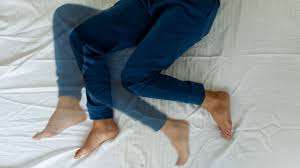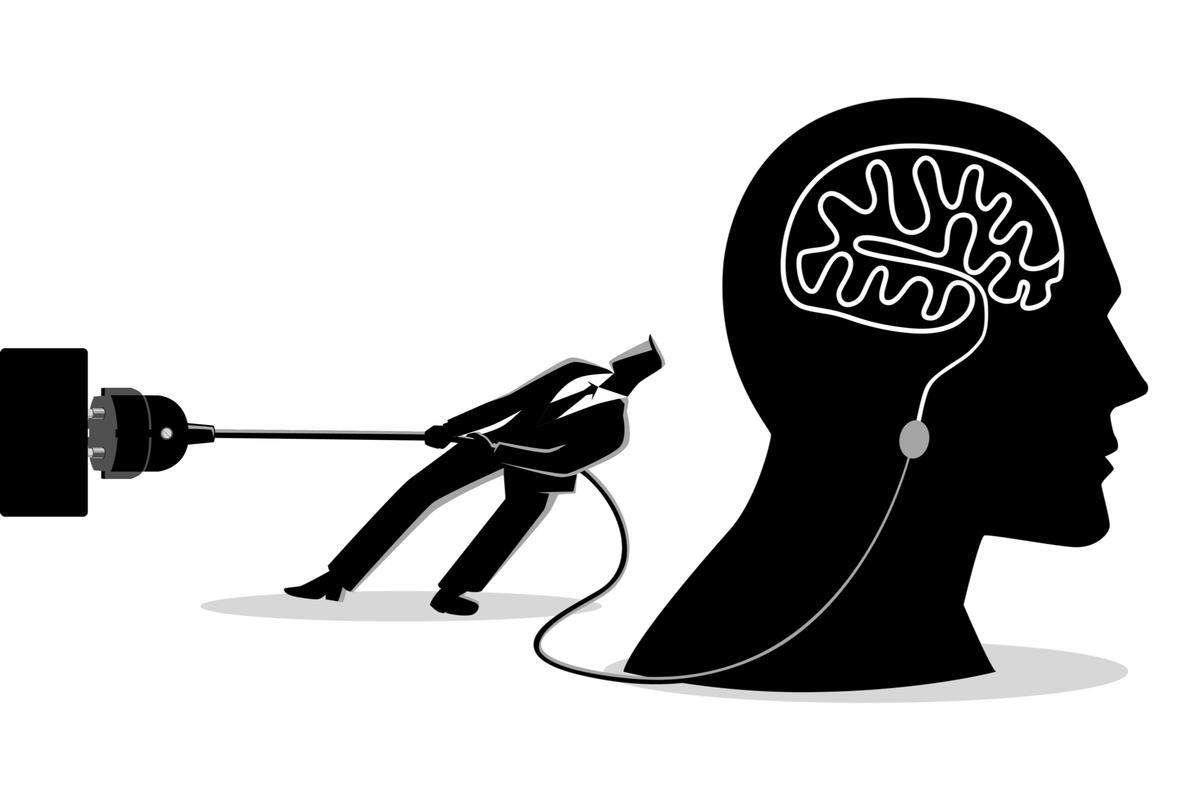Restless Leg Syndrome (RLS), also known as Willis-Ekbom Disease, is a neurological condition that causes uncomfortable sensations in the legs and an irresistible urge to move them. This disorder often disrupts sleep and affects daily quality of life, making it a significant concern in both neurology and sleep medicine.
Restless Leg Syndrome is classified as a sleep-related movement disorder because symptoms typically occur or worsen at night and can interfere with restful sleep. Individuals with RLS often describe the sensations as tingling, crawling, pulling, itching, or throbbing in the legs. These unpleasant feelings are temporarily relieved by movement, such as walking, stretching, or shifting positions.
Common Symptoms of Restless Leg Syndrome
The hallmark symptom of RLS is the urge to move the legs. Other signs include:
- Uncomfortable sensations in the legs, especially when at rest.
- Symptoms that worsen in the evening or at night.
- Temporary relief with movement.
- Difficulty falling asleep or staying asleep due to leg discomfort.
- Daytime fatigue, irritability, or poor concentration as a result of disrupted sleep.
- Some people may also experience RLS symptoms in their arms, though this is less common.
Causes of Restless Leg Syndrome
The exact cause of RLS is not fully understood, but research suggests a combination of genetic, neurological, and environmental factors. Common causes and risk factors include:
1. Genetics – RLS often runs in families, especially when symptoms begin before age 40.
2. Dopamine imbalance – Reduced dopamine function in the brain can lead to irregular muscle movements.
3. Iron deficiency – Low iron levels in the brain may disrupt dopamine activity.
4. Chronic diseases – Conditions such as kidney failure, diabetes, peripheral neuropathy, and Parkinson’s disease increase the risk.
5. Medications – Certain drugs (antidepressants, antihistamines, and antipsychotics) can trigger or worsen RLS symptoms.
6. Pregnancy – Hormonal changes during pregnancy, particularly in the third trimester, may temporarily increase RLS symptoms.
7. Lifestyle factors – Lack of sleep, alcohol use, smoking, and high caffeine intake may worsen symptoms.
Diagnosis of Restless Leg Syndrome
There is no single test for diagnosing RLS. Instead, doctors use a clinical evaluation and medical history. Key diagnostic criteria include:
- Strong urge to move the legs, often with uncomfortable sensations.
- Symptoms begin or worsen during rest or inactivity.
- Movement provides temporary relief.
- Symptoms are worse in the evening or at night.
To rule out other conditions, blood tests may be ordered to check for iron deficiency or other underlying health issues. In some cases, a sleep study (polysomnography) may be recommended to monitor leg movements during sleep.
Treatment Options for Restless Leg Syndrome
Treatment for RLS depends on severity and underlying causes. Options include:
1. Lifestyle Changes and Home Remedies
Maintain regular sleep hygiene.
Reduce or eliminate caffeine, alcohol, and nicotine.
Engage in moderate daily exercise (avoid intense late-night workouts).
Use heat or cold packs to relieve leg discomfort.
Practice relaxation techniques such as yoga, meditation, or massage.
2. Addressing Iron Deficiency
If iron deficiency is present, iron supplements (oral or intravenous) may be prescribed. Always take them under medical supervision to avoid side effects.
3. Medications for Moderate to Severe RLS
Dopamine agonists (e.g., pramipexole, ropinirole)
Alpha-2-delta calcium channel ligands (e.g., gabapentin, pregabalin)
Iron therapy (if iron levels are low)
In rare, severe cases, opioids may be used under strict supervision.
4. Managing Underlying Conditions
If RLS is linked to another condition, such as diabetes or kidney disease, treating that condition often helps reduce symptoms.
Complications of Restless Leg Syndrome
If left untreated, RLS can lead to:
- Chronic insomnia and poor sleep quality.
- Daytime sleepiness, affecting work and productivity.
- Mood disorders such as depression and anxiety.
- Reduced quality of life due to constant discomfort and fatigue.
Restless Leg Syndrome in Children
Although RLS is more common in adults, children can also be affected. Pediatric RLS may be mistaken for growing pains or ADHD. It is important to consult a pediatric specialist if a child shows signs of restless or uncomfortable legs, especially at night.
Conclusion
Restless Leg Syndrome is a common but often misunderstood neurological disorder that can significantly impact sleep and daily life. With proper diagnosis, lifestyle changes, and treatment, most people with RLS can manage their symptoms effectively.
If you experience persistent leg discomfort at night, consult a healthcare provider for evaluation. Early diagnosis and treatment can improve both sleep quality and overall well-being.
share with

Mesha M. Founder
"Explore a world of inspiration and empowerment at RealtimeArticles. Dive into our curated articles for insights, reflection, and shared growth. Join our community on a journey of discovery and evolution!"





Comments
Coming Soon!
POST YOUR COMMENTS